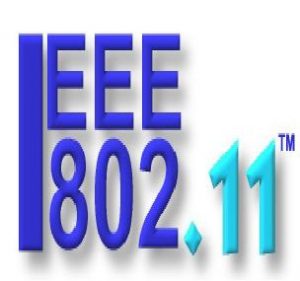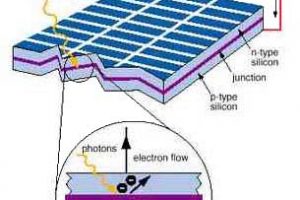استاندارد IEEE 802.11 برای شبکه های محلی بی سیم
استاندارد IEEE 802.11 برای شبکه های محلی بی سیم
حجم فایل: ۹۸KB
تعداد صفحه : ۱۱صفحه
فرمت فایل : PDF
قیمت فایل : رایگان
استاندارد IEEE 802.11 برای شبکه های محلی بی سیم
جهت دانلود ترجمه این مقاله اینجا کلیک کنید.
IEEE 802.11 Wireless Local Area Networks
ireless computing is a rapidly emerging technology providing users with network connectivity without
being tethered off of a wired network. Wireless local area networks (WLANs), like their wired counterparts, are being developed to provide high bandwidth to users in a limited geographical area. WLANs are being studied as an alternative to the high installation and maintenance costs incurred by traditional additions, deletions, and changes experienced in wired LAN infrastructures.
Physical and environmental necessity is another driving factor in favor of WLANs. Typically, new building architectures are planned with network connectivity factored into the building requirements. However, users inhabiting existing buildings may find it infeasible to retrofit existing structures for wired network access. Examples of structures that are very difficult to wire include concrete buildings, trading floors, manufacturing facilities, warehouses, and historical buildings.
Lastly, the operational environment may not accommodate a wired network, or the network may be temporary and operational for a very short time, making the installation of a wired network impractical. Examples where this is true include ad hoc networking needs such as conference registration centers, campus classrooms, emergency relief centers, and tactical military environments.
Ideally, users of wireless networks will want the same services and capabilities that they have commonly come to expect with wired networks. However, to meet these objectives, the wireless community faces certain challenges and constraints that are not imposed on their wired counterparts.
Interference and Reliability
Interference in wireless communications can be caused by simultaneous transmissions (i.e., collisions) by two or more sources sharing the same frequency band. Collisions are typically the result of multiple stations waiting for the channel to become idle and then beginning transmission at the same time. Collisions are also caused by the “hidden terminal” problem, where a station, believing the channel is idle, begins transmission without successfully detecting the presence of a transmission already in progress. Interference is also caused by multipath fading, which is characterized by random amplitude and phase fluctuations at the receiver. The
reliability of the communications channel is typically measured by the average bit error rate (BER). For packetized voice, packet loss rates on the order of 10–۲ are generally acceptable; for uncoded data, a BER of 10–۵ is regarded as acceptable. Automatic repeat request (ARQ) and forward error correction (FEC) are used to increase reliability.
- قیمت محصول: 0 تومان
- تعداد صفحه: 11صفحه
- فرمت: PDF
- حجم فایل: 98kb



 الگوریتم ژنتیک برای تخصیص توزیع شده جهت کاهش تلفات ولتاژ
الگوریتم ژنتیک برای تخصیص توزیع شده جهت کاهش تلفات ولتاژ ارزیابی احتمالات برقگیرها
ارزیابی احتمالات برقگیرها بررسی رفتار شبکه سه فاز متصل به سیستم فتوولتائیک برای کنترل توان اکتیو و راکتیو توسط روش DPC
بررسی رفتار شبکه سه فاز متصل به سیستم فتوولتائیک برای کنترل توان اکتیو و راکتیو توسط روش DPC ارزیابی ظرفیت سیستم های تولید برق خورشیدی و بادی
ارزیابی ظرفیت سیستم های تولید برق خورشیدی و بادی